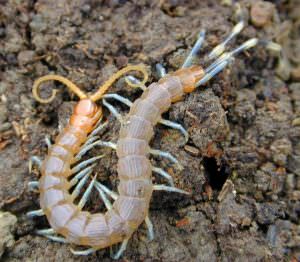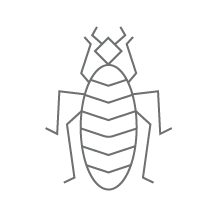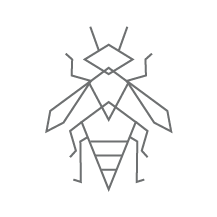
Commercial and Residential Pest Control Services | Dodson Bros. Exterminating Co., Inc.
Centipedes

Most house centipedes are nocturnal, and prey primarily on many types of insects, spiders and, sometimes, plant tissue. When they invade homes, centipedes are most commonly found in damp basements, crawlspaces, bathrooms or potted plants.
Centipedes are generally considered nuisance pests, as they do not pose significant health or property threats. However, all house centipedes have poison jaws with which they inject venom into their prey. If handled roughly, some larger species can inflict a painful bite that can break human skin and causes pain and swelling, similar to a bee sting.
The most effective way to get rid of or prevent house centipede infestations is to reduce areas of moisture in and around your home. Remove leaf piles and grass clippings. Store firewood off of the ground. Provide adequate ventilation in crawl spaces, basements, etc.






















